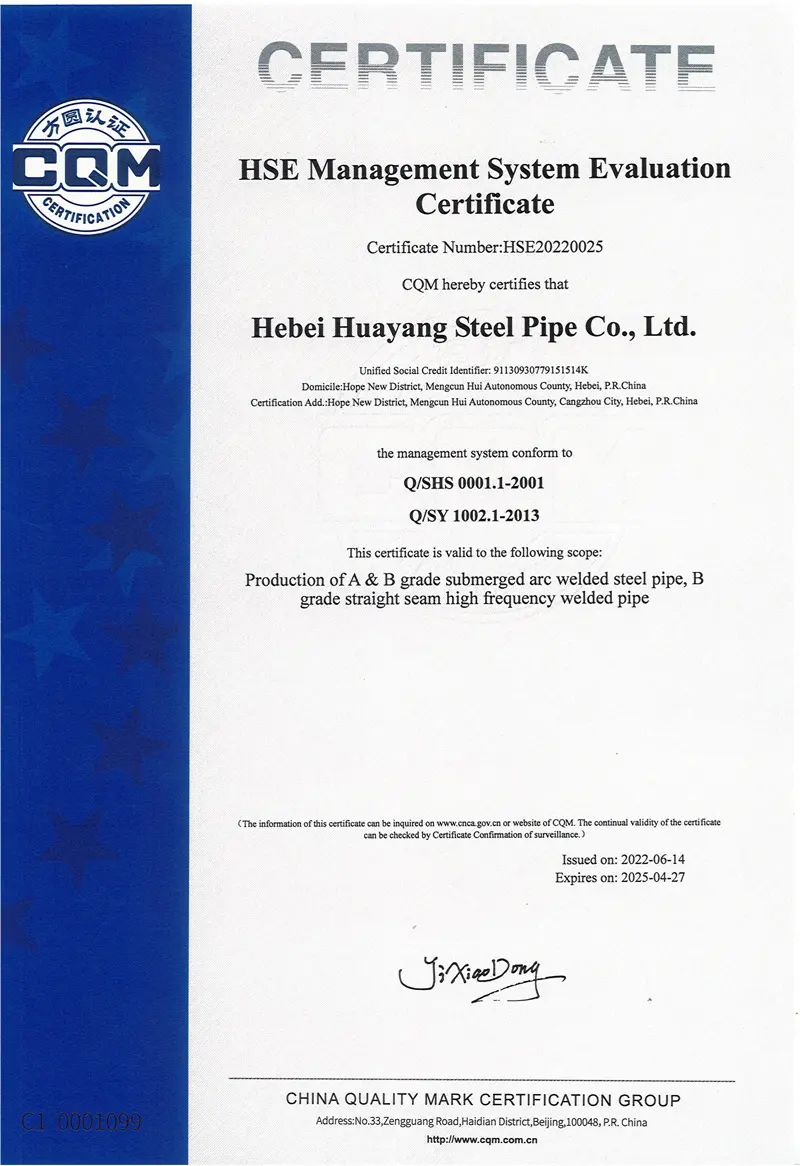
Dec . 12, 2024 02:38 Back to list
hpmc grades
Understanding HPMC Grades A Comprehensive Overview
Hydroxypropyl Methylcellulose (HPMC) is a versatile polymer derived from cellulose, extensively used across various industries due to its excellent properties. It finds applications in food, pharmaceuticals, construction, and cosmetics, among others. HPMC grades differ primarily based on their chemical composition, viscosity, and thermal behavior, making it essential to understand these variations for effective application.
What is HPMC?
HPMC is a semi-synthetic polymer. Its properties, such as solubility, viscosity, and thermal stability, can be tailored by altering its degree of substitution and molecular weight. The chemical structure of HPMC includes hydroxypropyl and methyl groups, which enhance its solubility in water and improve its performance in various applications. Unlike traditional cellulose, HPMC is soluble in cold water, making it an essential ingredient for many formulations.
HPMC Grades and Their Characterization
HPMC is categorized into different grades, primarily based on viscosity and the degree of substitution. The viscosity of HPMC solutions is a crucial factor that influences its performance. Commonly, HPMC grades are defined by their viscosity measured at a certain concentration, usually 2% in water at 20°C. The main HPMC grades include
1. Low-Viscosity Grades These grades typically have a viscosity of around 200 to 2000 mPas. They are often used in applications requiring low thickening properties, such as in certain pharmaceutical formulations and food products where minimal thickening is desired.
2. Medium-Viscosity Grades These grades range from 2000 to 5000 mPas and provide a balance between viscosity and flowability. They are commonly used in cosmetic products, inks, and paints, where moderate thickening and stabilization are required.
3. High-Viscosity Grades With viscosities exceeding 5000 mPas, high-viscosity HPMC is ideal for applications requiring strong binding and thickening properties. These grades are often utilized in construction materials, polymers, and controlled-release pharmaceutical products.
4. Specialty Grades These include HPMC products with specific functionalities, such as improved thermal stability or enhanced solubility. Specialty grades cater to niche applications and are often used in advanced formulations.
hpmc grades

Applications of HPMC
The versatility of HPMC is reflected in its broad range of applications
- Pharmaceuticals HPMC is utilized as a film-forming agent, binder, and controlled-release agent in tablets and capsules. Its ability to form gel-like structures upon contact with moisture makes it invaluable in oral drug delivery systems.
- Food Industry In food formulation, HPMC acts as a thickener, emulsifier, and stabilizer. It enhances the texture and helps maintain the quality of various food products, from sauces to bakery items.
- Cosmetics and Personal Care HPMC’s emulsifying and thickening properties make it a common ingredient in lotions, creams, and shampoos. Its ability to stabilize emulsions ensures consistency in product formulations.
- Construction HPMC is widely used in cement-based products and mortars to improve workability, adhesion, and water retention. Its high viscosity provides better consistency, making it easier to apply in construction applications.
Importance of Choosing the Right Grade
Selecting the appropriate HPMC grade for a specific application is vital. Factors such as the desired viscosity, solubility, and interaction with other ingredients must be considered. For instance, a low-viscosity grade may be ideal for a product requiring a smooth texture, while a high-viscosity grade would be necessary for applications needing strong binding or gelling properties.
Conclusion
HPMC grades play a significant role in determining the success of various formulations across multiple industries. By understanding the different grades and their respective properties, manufacturers can effectively tailor their products to meet specific performance criteria. As industries evolve and new applications for HPMC are discovered, ongoing research and development will continue to enhance the utility and functionality of this remarkable polymer. Whether in pharmaceuticals, food, or construction, HPMC remains a critical component in developing high-quality products that meet consumer demands.
-
Why HPMC is a Key Additive in Wall Putty Formulations
NewsAug.05,2025
-
Redispersible Powder in Decorative Renders: Function Meets Finish
NewsAug.05,2025
-
Redispersible Powder for Interior Wall Putty: Smooth Results Every Time
NewsAug.05,2025
-
HPMC’s Water Retention Capacity in Dry Mortar Applications
NewsAug.05,2025
-
HPMC Factory Contributions to Liquid Detergents
NewsAug.05,2025
-
How HPMC Factory Products Change Detergent Textures
NewsAug.05,2025







